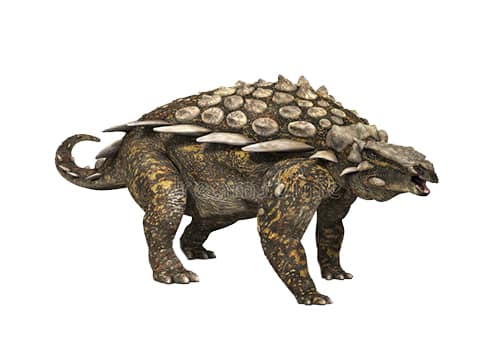Gargoyleosaurus


Name: Gargoyleosaurus
Pronounced: Gar-goy-l-o-sore-us 
Meaning: Gargoyle lizard
Type: Armoured Dinosaur
Length: 3 - 4 meters long
Diet: Herbivore
Period: Late Jurassic
Years: 154-142 million years ago
Location: USA
Description: Gargoyleosaurus is a genus of small, herbivorous dinosaur that lived during the Late Triassic Period, about 215-205 million years ago. It was a member of the group of dinosaurs called the ornithischians, which are characterized by their bird-like hip structure and typically herbivorous diet. Gargoyleosaurus was a small dinosaur, with an estimated length of about 3-5 feet and a weight of up to 100-200 pounds. It had a small, triangular head with a pair of small, close-set eyes, and a mouth full of small, peg-like teeth, which it likely used for grinding and chewing plant material. It had short, sturdy legs with four toes, and a short, flexible tail, which it likely used for balance and support while walking on its two hind legs. Gargoyleosaurus is known from a single, well-preserved fossil specimen, which includes a partial skeleton and a complete skull. It was discovered in Wyoming, United States, and is named after the Latin word 'gargoyle', which means 'water spout', and the Greek word 'sauros', which means 'lizard'. Gargoyleosaurus is considered a basal member of the ornithischian group, and is thought to be closely related to other early members of this group such as Heterodontosaurus and Lesothosaurus. Gargoyleosaurus is important because it is one of the earliest known members of the ornithischian group, and provides important insights into the anatomy, behavior, and evolution of these dinosaurs. It is also significant because it is one of the few known dinosaurs from the Late Triassic Period, and helps to shed light on the diversity of dinosaurs during this time. Gargoyleosaurus is also important because it is one of the few known dinosaurs from Wyoming, and helps to fill in gaps in our understanding of the distribution and habitats of dinosaurs in this region.
Loading images from Wikipedia
Loading a Random Dinosaur...


